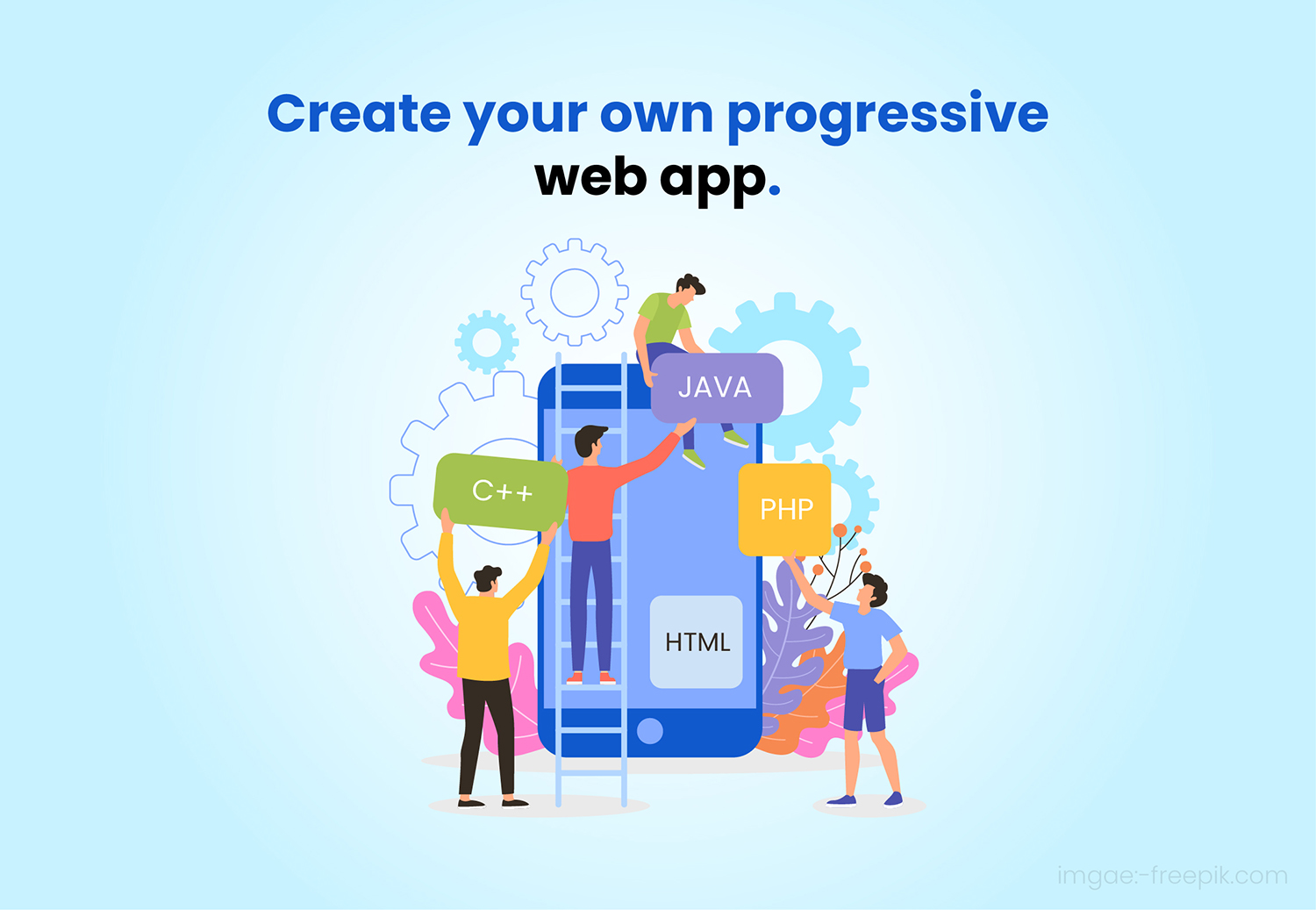Introduction
In recent years, the use of progressive web apps (PWA) has grown more and more popular due to their ability to provide a native mobile app-like user experience within the browser. PDAs are essentially website applications that have been optimized for mobile devices, with device-specific features such as offline access, geolocation, and push notification support.
However, as more and more developers are adopting PWAs for their web projects, many have begun to question the feasibility of using a server-side language like PHP to create Progressive Web Apps (PWA). This article will explore best practices for developing PWAs with the PHP programming language, and discuss how to make the most of the powerful features offered by PWAs.
What is a Progressive Web App?
Before we dive into the specifics of building PWAs with PHP, it’s important to first understand exactly what PWAs are. As mentioned earlier, PWAs are essentially website applications that have been optimized for mobile devices. The core components of a PWA include:
• Progressive enhancement: PWA’s use modern web technologies such as HTML5, CSS, and JavaScript to make the experience as app-like as possible.
• Responsive design: PWA’s are designed to adjust to any device size, from desktops to mobile devices.
• Offline access: Unlike traditional web apps, PWAs can be configured to keep data both available and accessible even when the user is offline.
• Web app manifests: A web app manifest is a file that contains metadata about the web app. This includes information about the of the app, the icons used, and the start URL.
• Service workers: This is a type of background process that enables PWAs to provide features such as push notifications and shooting data even when the user is not actively using the app.
The Benefits of Using PHP to Develop PWAs
Although PWAs are usually developed with client-side languages such as JavaScript and HTML5, there are several benefits to using a server-side language such as PHP for web development. PHP is a powerful, easy-to-use language that is ideal for both small and large scale projects. Here are a few of the benefits of using PHP to develop PWAs:
• Ease of Use: PHP is an intuitive language that is relatively easy to learn. It has a simple syntax that makes development and maintenance of web applications much easier and faster.
• Cost-effectiveness: The open source nature of PHP makes it an ideal choice for web development projects on a budget. It is free to download and use and requires minimal configuration.
• Scalability: PHP is a highly scalable language, making it much easier to add support for more complex features such as reporting or analytics.
• Security: PHP comes with several built-in security measures such as encrypting data, prepared statements, and input validations, making it a secure choice for web development projects.
How to Develop PWAs with PHP
Now that we’ve established the benefits of using PHP to develop PWAs, let’s take a look at the specifics of how to go about building a PWA with the PHP programming language.
-
Get a local web server.
The first step to getting started with PWAs is to set up a local web server. This can be done using services such as XAMPP or WampServer, depending on your preference. -
Set up a database.
Once your local web server is up and running, you’ll need to set up a database. This can be done using a Database Management System (DBMS) such as MySQL or PostgreSQL. -
Create the app structure.
Now it’s time to start creating the app structure. In most cases, you will be creating a structure similar to a traditional web app, with a directory or file for each page. A typical app structure may look something like this:
/app
/css
style.css
/js
app.js
/img
logo.png
index.php
register.php
login.php
dashboard.php- Incorporate PWA features.
Next, it’s time to start incorporating PWA features such as manifest.json, add to homescreen banners, and service workers.
• Manifest.json: This is a JSON file that contains information about the app, such as its name, icons, and start URL.
{
"name": "My App",
"short_name": "APP",
"start_url": "/app/index.php",
"display": "standalone",
"icons": [
{
"src": "/app/img/logo.png",
"sizes": "192x192",
"type": "image/png"
}
]
} • Add to Homescreen: This is a feature that allows users to “install” the app on their device. To use this feature, you will need to add the following code to the <head> section of your web app.
<link rel="manifest" href="/manifest.json">
<meta name="theme-color" content="#ffffff">• Service Workers: These are background threads that enable PWAs to provide features such as push notifications, offline access, and background synchronization. These can be added using the following code:
if ('serviceWorker' in navigator) {
navigator.serviceWorker.register('sw.js')
.then(function(reg) {
// Registration was successful
}).catch(function(err) {
// registration failed
});
}- Test and Deploy.
Once your PWA is all set up and ready to go, it’s time to test it out on an actual device. You can use a tool such as Google Chrome’s remote debugging tool to test your PWA on a real device without needing to be physically present. Once everything is running smoothly, you can deploy it to a production server using a web hosting service such as Amazon Web Services or Microsoft Azure.
Developing a PWA with PHP is a great way to create a powerful, app-like experience without the overhead of setting up a native mobile app. By leveraging the features offered by PWAs, developers are able to create beautiful, awe-inspiring web applications that are easy to maintain and offer features such as offline access and push notifications. With the right tools and know-how, anyone can create a powerful, native-like experience in the browser using PHP.

